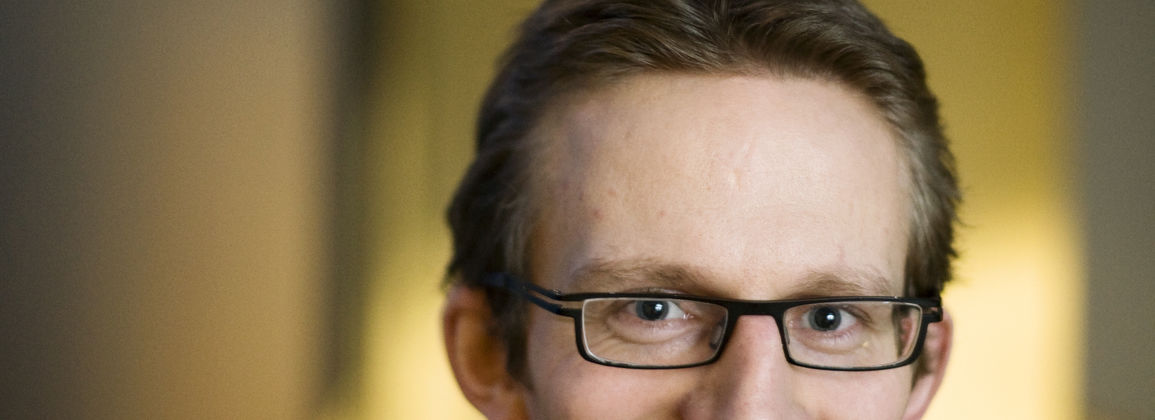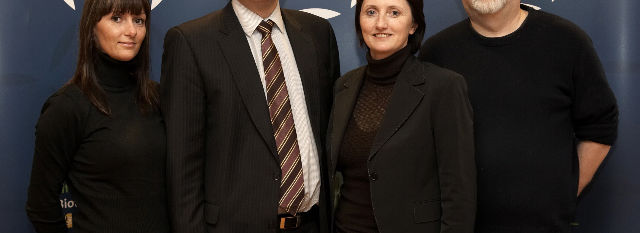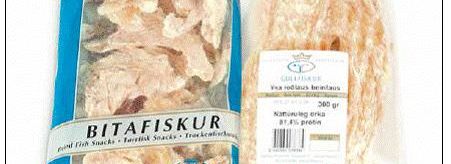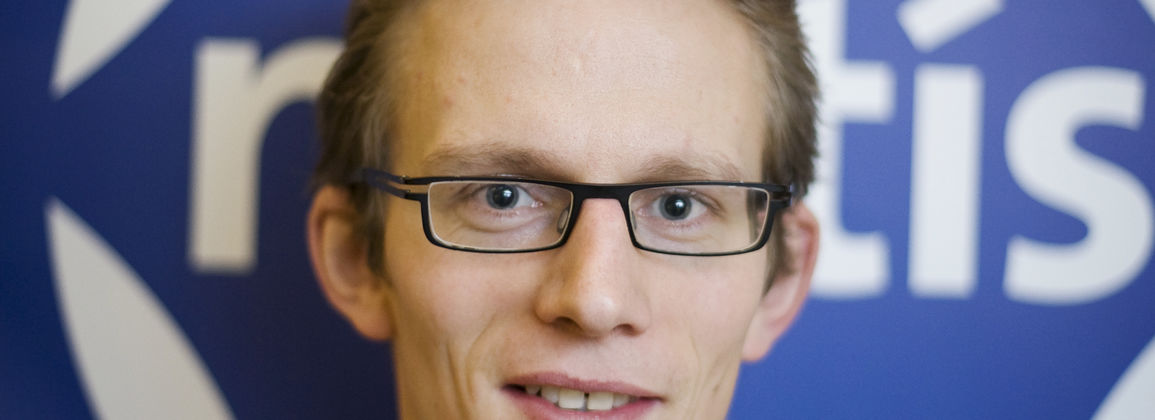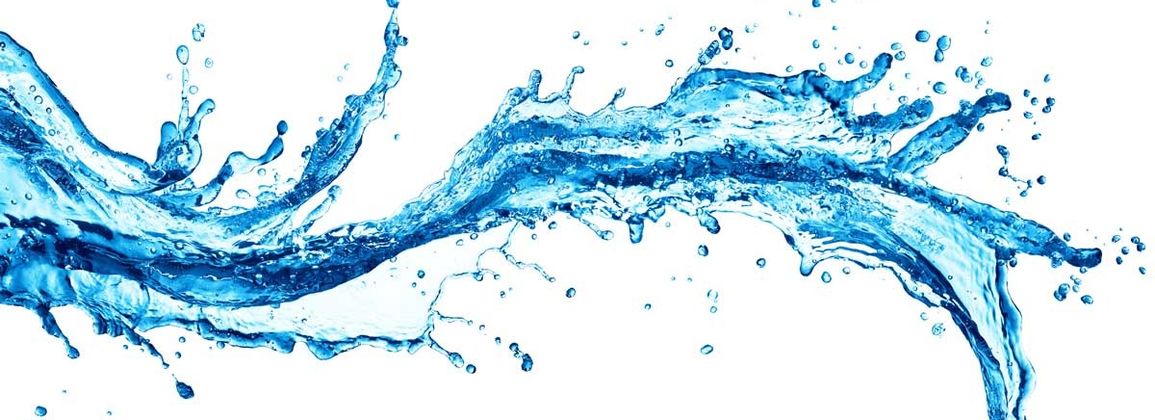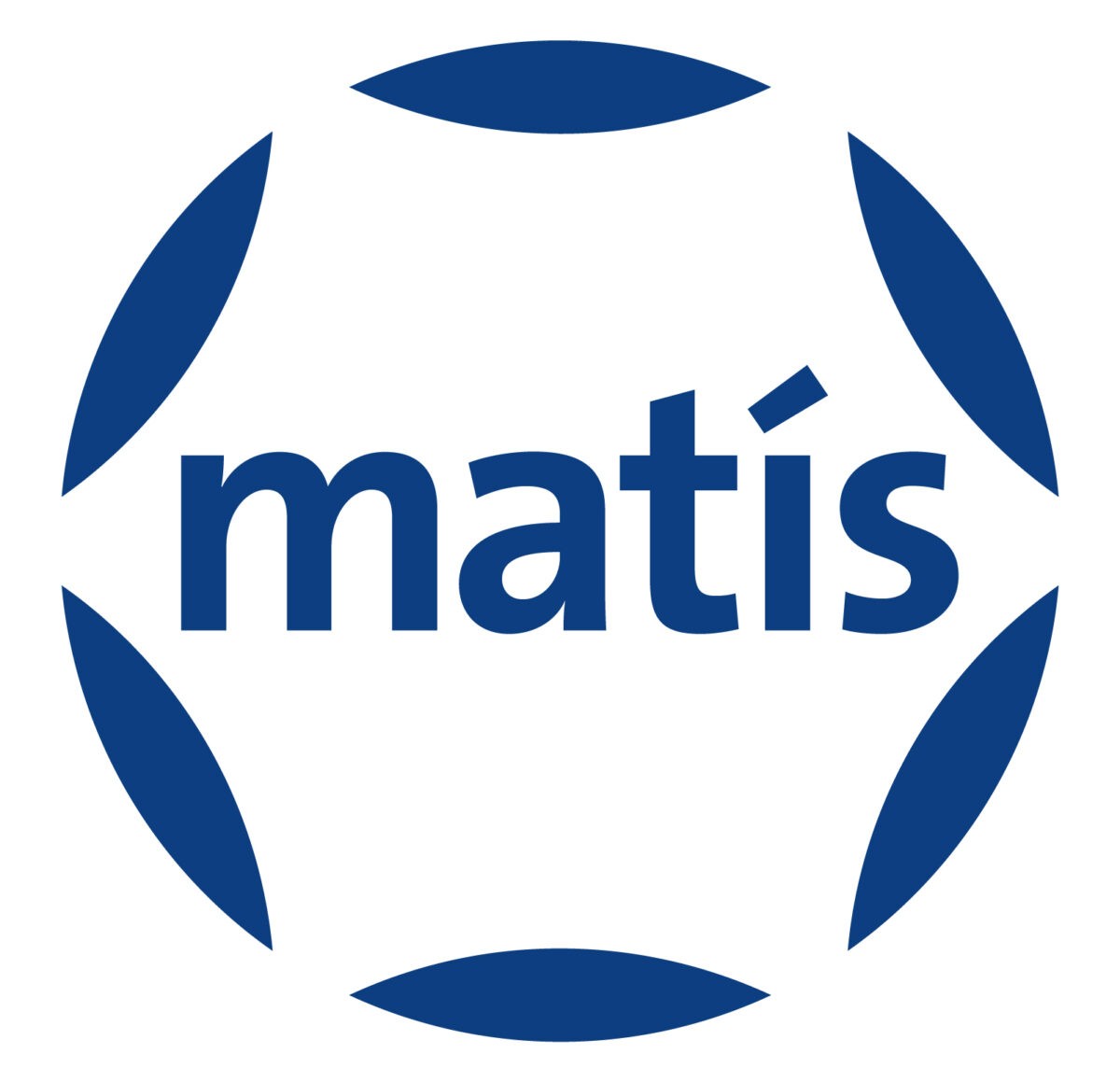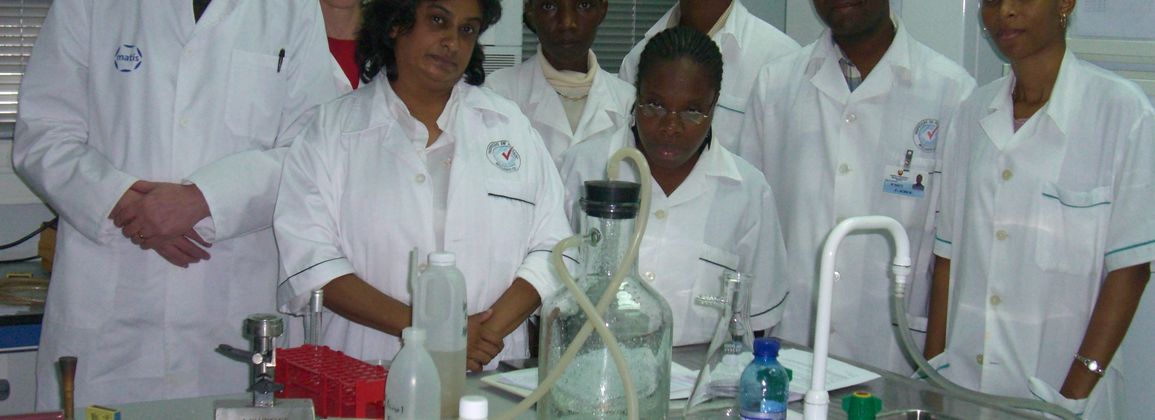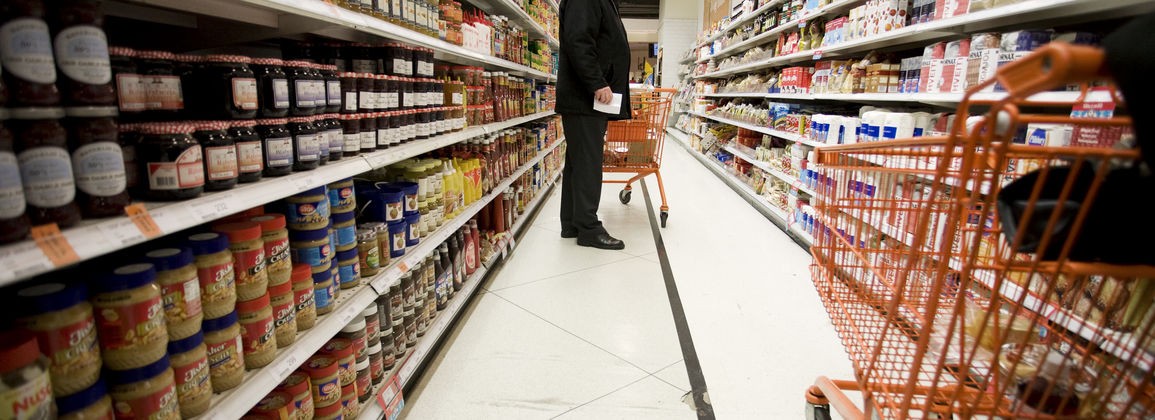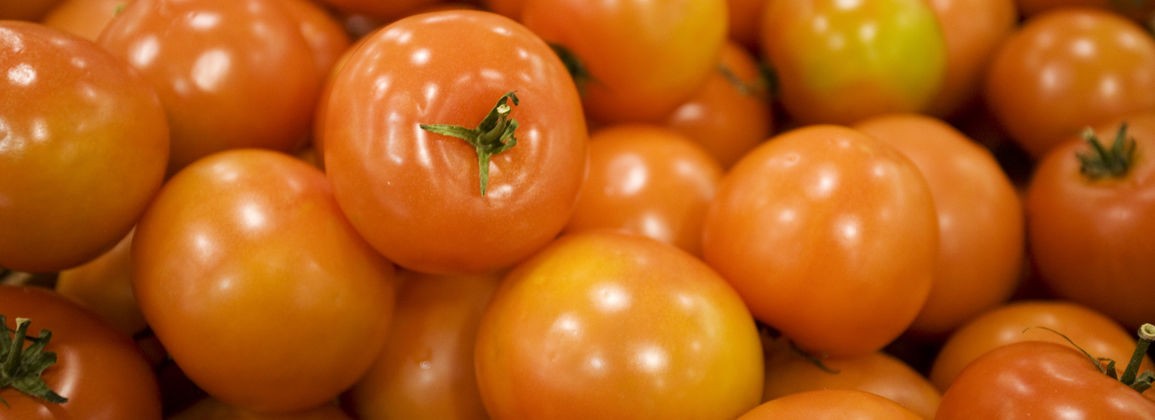Work is now underway to map out how best to conduct fishing with regard to processing. How to maximize the yield of both fishing and fish processing by using information on the quality of fish by fishing area and season and directing the effort accordingly. This results in better raw materials for processing, which in turn leads to more profitable processing and better and more expensive products. It does not matter at all where and when the fish is caught, says Morgunblaðið about Sveinn Margeirsson's doctoral project.
The aim of the project (Processing of cod catches) by Sveinn, who is department manager at Matís, was to collect data on cod fishing and processing by four Icelandic fisheries companies, analyze them statistically and set up improvement models to facilitate fishing management and processing of cod in Iceland. article by journalist Hjartur Gíslason in Morgunblaðið. "Data on fillet utilization, release and roundworms in cod were collected from 2002 to 2006. All of these variables have a significant impact on profits from cod fishing and processing.
Significant differences in fillet utilization by region
The results of the project indicate that the yield of the value chain of cod can be increased by catching the cod in certain fishing areas and at certain times of the year, but the results showed that fillet utilization, release and roundworms in cod depend on fishing location and season, "says an article in Morgunblaðið. Sveinn says in the article that the results are in fact that there is a considerable difference in fillet utilization by region and time of year.
"There was a direct relationship between the release of the fish and the age of the raw material, as well as the time at which the fish was caught. There was also a connection between worms in the fish and its size, and the number of worms also depended somewhat on where the fish was caught. The next step was to base an action analysis or improvement model on all of this information. It took these results, worked them out and put them in the context of oil prices, distance to the fishing grounds and more in that major. In this way, it was possible to get an assessment of where it would be most cost-effective to fetch the fish. "
The full interview can be read in Morgunblaðið on Wednesday 30 January 2008.

